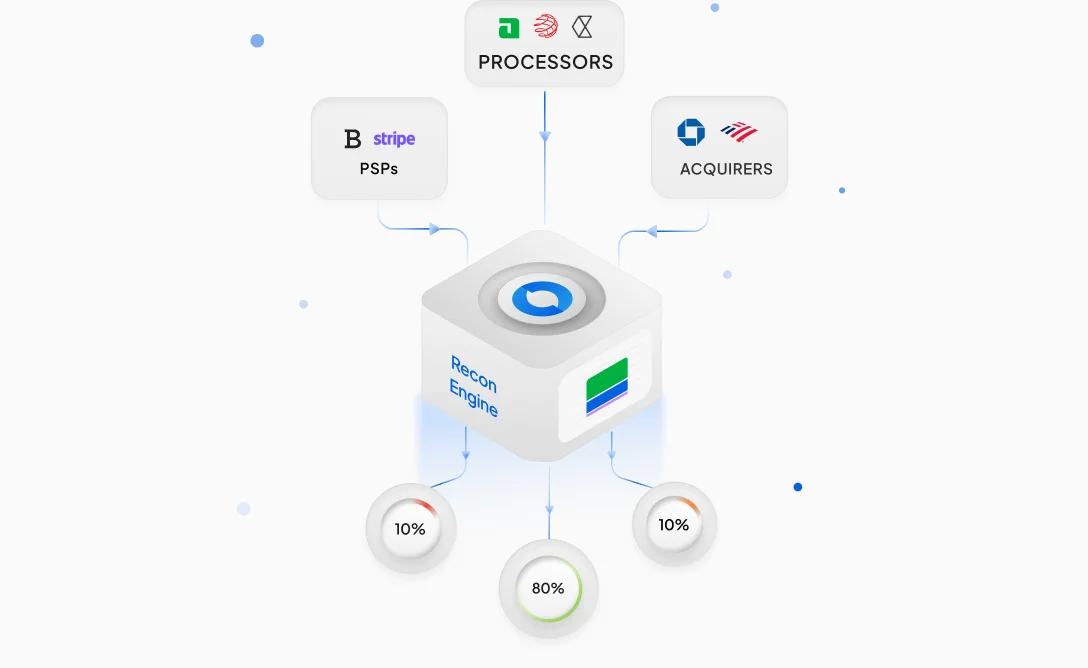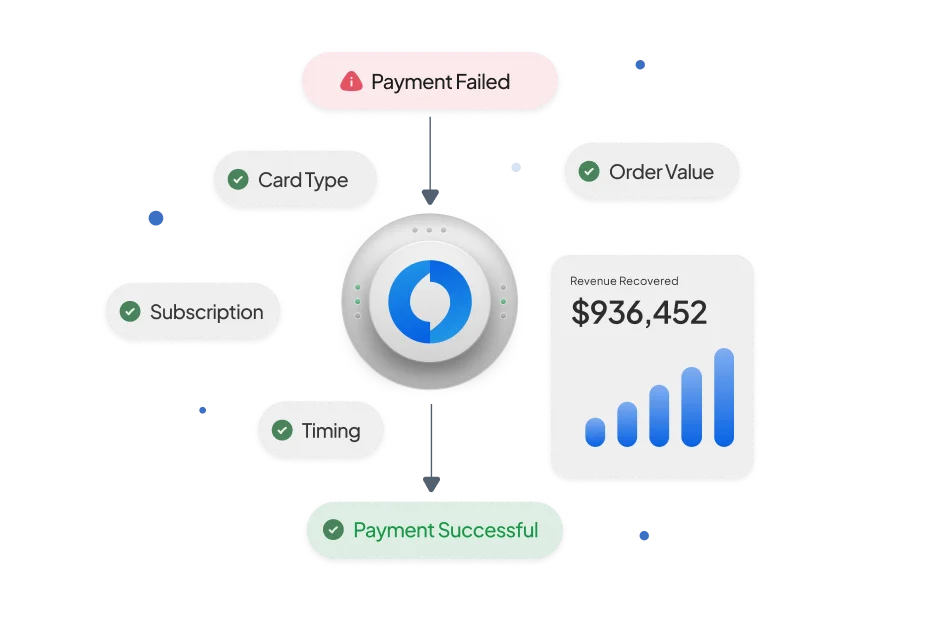The European payments landscape is entering a period of unprecedented transformation, driven by ambitious regulatory reforms, sweeping technological innovation, and accelerating shifts in consumer expectations. For large enterprise merchants, the next five years present both a challenge and an opportunity on a continental scale. The EU is laying the foundations for a seamless, integrated digital economy, but navigating the transition will require vision, agility, and new capabilities. Success will depend on a merchant’s ability to tackle the realities of today’s fragmented payments environment while positioning to seize the advantages of tomorrow’s harmonised market.
The EU’s Digital Decade: A Vision for a Unified Payments Market
At the heart of this transformation is the European Commission’s Digital Decade initiative, which aims to unlock more than €2.8 trillion in economic value by 2030. The goal is a unified, sovereign, secure and frictionless digital single market, underpinned by major reforms to the payments ecosystem. These reforms include the mandatory rollout of SEPA Instant payments from 2025, the planned introduction of the Digital Euro, the widespread adoption of a European Digital Identity Wallet, and significant enhancements to regulation under PSD3 and the Payment Services Regulation (PSR), all designed to foster competition, strengthen security, and drive innovation.
2030 Targets: How Europe’s Payment System Will Look
Policymakers have set out an ambitious set of outcomes for 2030. By then, Europe aims to operate a truly harmonised digital single market that could account for roughly 20% of the EU’s GDP. Strong Customer Authentication requirements and fraud monitoring will evolve under PSR to protect consumers and businesses alike. SEPA Instant payments are expected to become universal, with settlement in under ten seconds at no additional cost. Sovereign account‑to‑account payment systems, such as the European Payment Initiative (EPI), known as Wero, will be promoted to strengthen European infrastructure. Account‑to‑account payment volumes will grow through mandatory bank adoption of SEPA Instant and widespread overlay services such as Request to Pay, alongside enhanced open banking capabilities. The European Digital Identity Wallet will support seamless onboarding, strong authentication, and cross‑sector digital interaction, while the anticipated launch of the Digital Euro will be fully integrated into this identity framework.
Today’s Reality: Fragmentation and Operational Strain
For merchants, these changes promise major long‑term efficiency gains, but full rollout and adoption will take time. In the meantime, the European payments market remains deeply fragmented. Large merchants must contend with operational drag from maintaining multiple local integrations and navigating divergent compliance regimes. They face conversion losses when preferred domestic payment methods are unavailable cross‑border, often lacking the data intelligence to optimize multi‑acquirer strategies. Compliance complexity is compounded by varied local interpretations of EU regulations, requiring country‑specific payment flows. Inconsistent risk appetites among PSPs and issuers affect authorisation decisions and authentication workflows, while instant payments, central to the EU’s future vision, carry fraud risks up to ten times higher than traditional transfers.
A Dual Focus for Merchants: Compete Today, Prepare for Tomorrow
This challenging environment places enterprise merchants in a dual‑focus dilemma: they must both optimise performance in today’s complex and fragmented market while preparing their operations, technology, and partnerships for the harmonised payment ecosystem of the future. Those who act early, investing in adaptive technology, advanced payment orchestration, and deep data intelligence, are already transforming payments from a cost centre into a growth driver. The rewards include operational efficiency, better customer experience, and a sustainable competitive advantage.
To thrive amid cost pressures, regulatory evolution, and fraud prevalence, large merchants must focus on:
- Reducing acceptance costs: Implement unified, real-time visibility on acceptance economics and leverage intelligent routing to prioritise cost-effective, high-performing PSPs and payment methods.
- Maximising authorisation and conversion: Use data-driven insights to optimise 3DS performance, comply with evolving Strong Customer Authentication (SCA) norms, and refine checkout flows to reduce false declines.
- Strengthening fraud and compliance controls: Deploy adaptive AI fraud detection integrated with routing and verification (e.g., Verification of Payee) to meet PSD3 mandates while minimising user friction.
- Accelerating market entry and innovation: Rapidly integrate emerging payment providers via a central orchestration layer to reduce operational drag and speed up new country launches.
- Leveraging payments data as a strategic asset: Analyse payment provider performance across markets for revenue opportunities and cost savings, aligning insights with marketing, product, and risk functions for ongoing optimisation.
How Juspay Empowers Enterprise Merchants
Juspay offers large merchants a proven, scalable platform to navigate Europe’s complex and evolving payments ecosystem through a single integration. Key capabilities include:
Global presence: Headquartered in Bangalore, India with offices in Europe (Ireland), U.S (California), LATAM (Sao Paolo)APAC (Singapore), MEA (Dubai).
- Depth of Engineering and Payments expertise: 1,200 employees, including over 1,000 product engineers, dedicated to creating solutions that address the most complex payment challenges at scale.
- Scale and resilience: Processing 1 trillion USD TPV annually and over 200 million transactions daily on a cloud-native, robust infrastructure.
- Global connectivity: Unified access to 300+ PSPs and local payment methods worldwide, enabling seamless pan-European acceptance.
- Optimised performance: Intelligent real-time routing to maximise authorisation rates, reduce costs, and maintain uptime.
- Deep analytics: Comprehensive visibility into performance, compliance, and costs across payment types and geographies.
- Security and compliance: PCI-certified vaults, advanced tokenisation, 3DS orchestration with machine learning-based intelligence, and readiness for Verification of Payee.
- Cost control and operational efficiency: Unified payment cost observability and automated reconciliation for faster market rollouts.
By integrating with Juspay, large enterprise merchants can transform payments from a fragmented challenge into a strategic growth driver, positioning themselves as leaders in Europe’s digital economy transition.
This landscape of sweeping regulatory and technological change demands a strategic response. Leading European enterprises must act decisively to adopt unified payment orchestration, advanced fraud management, and data intelligence. Juspay stands ready to help enterprises meet these challenges, capitalise on emerging opportunities, and become the winners of Europe’s payments future.
























